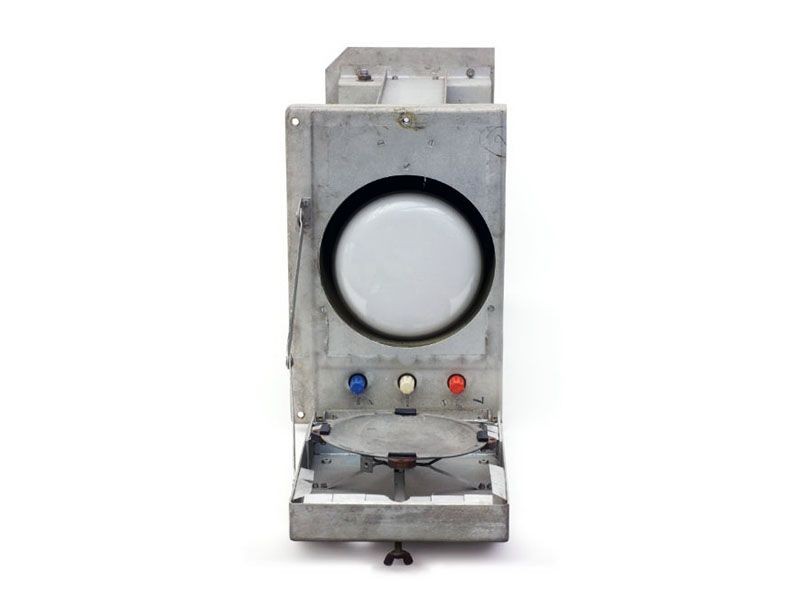At Manchester University, Freddie Williams and Tom Kilburn develop the Williams-Kilburn tube. The tube, tested in 1947, was the first high-speed, entirely electronic memory. It used a cathode ray tube (similar to an analog TV picture tube) to store bits as dots on the screen’s surface. Each dot lasted a fraction of a second before fading so the information was constantly refreshed. Information was read by a metal pickup plate that would detect a change in electrical charge.
The word 'bug,' when applied to computers, means some form of error or failure. On September 9th, Grace Hopper records what she jokingly called the first actual computer bug - in this case, a moth stuck between relay contacts of the Harvard Mark II computer prior to its eventual installation at the Naval Weapons Laboratory at Dalhgren. VA.
Hopper helped program the Mark II, and the earlier Harvard Mark I computer, while working for professor Howard Aiken. She worked tirelessly on developing these computers to the fullest through inventive programming. After Harvard, she worked for computer manufacturer Remington-Rand where she developed what is often considered the first compiler, A-0. She also served on the committee to develop COBOL, a standard and widely adopted programming language that transformed the way software was developed for business applications. COBOL is still in use today. Hopper was made a Fellow of the Computer History Museum in 1987.

